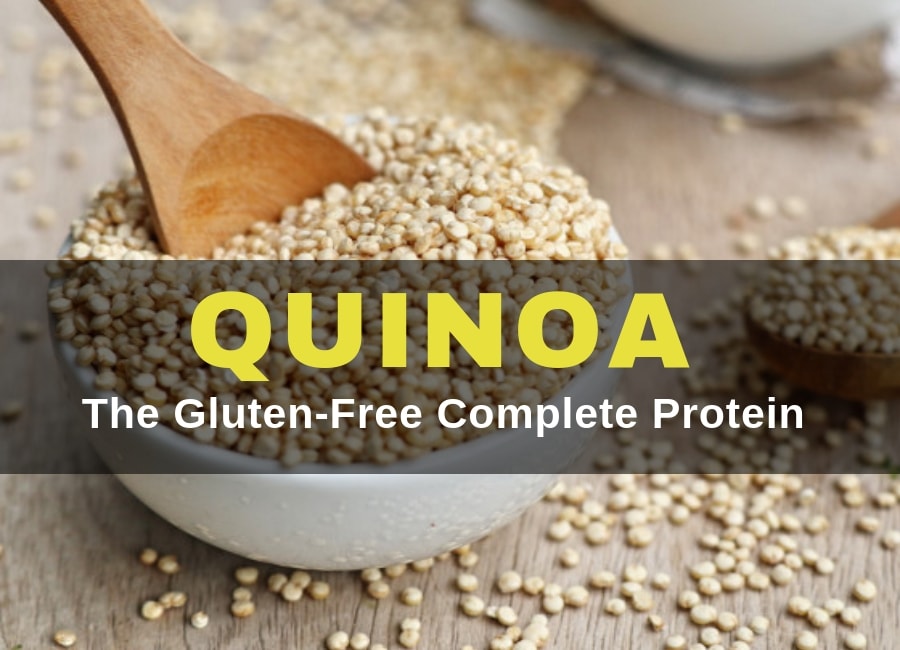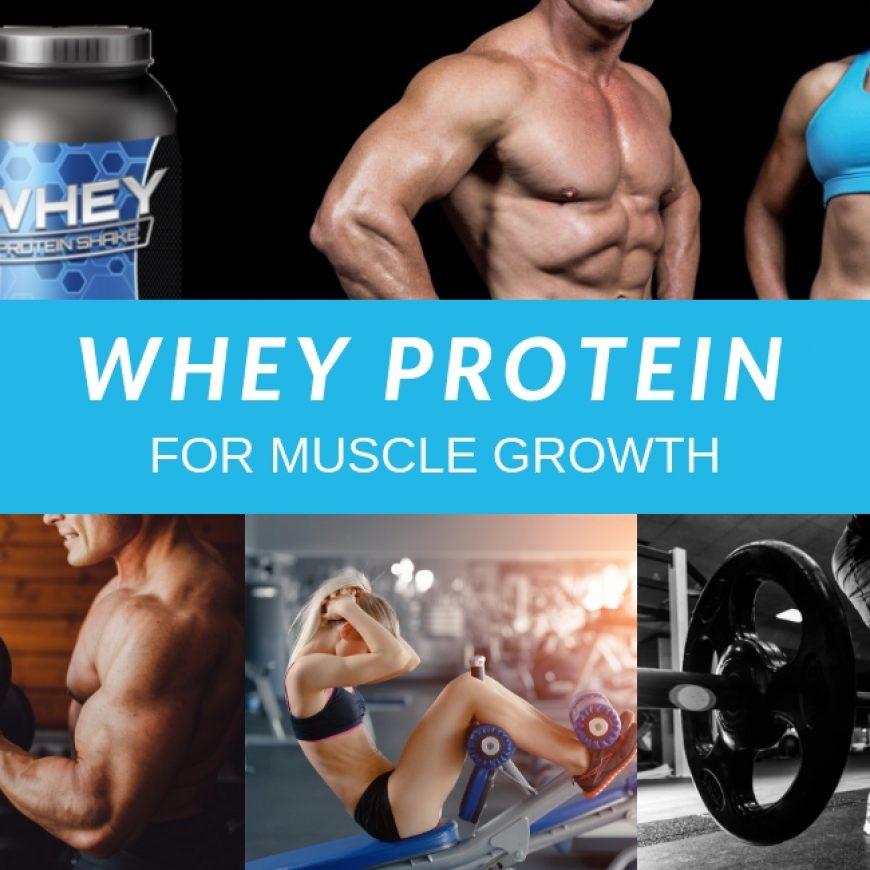Quinoa is a superfood.
Yes! you heard it right. Quinoa could easily be termed as one of the best superfoods for vegans. It contains all the 20 amino acids including the ones which the human body cannot produce itself. Due to the high quantum of protein and monounsaturated fat, quinoa reigns supreme amongst its counterparts.
Quinoa’s stature is growing rapidly in India and rightly so as it’s low in carbs and dense in energy. It is a good source of potassium, phosphorus, zinc, copper, vitamin E and B6, riboflavin, niacin, thiamine, iron, and magnesium.
Apart from being highly nutritious, Quinoa is well known for its several health benefits. It helps in boosting digestion and metabolism. Quinoa’s anti-inflammatory nutrients make it heart friendly and protect against plaque formation in arteries. Low carbs quinoa is good for maintaining blood sugar level, cholesterol, and high blood presser.
Do you know quinoa contains nine essential amino acids?
while many grains contain a good amount of protein, quinoa has a distinction of being the complete protein source. complete protein sources- Nine amino acids to make the best protein for the human body.
Quinoa is the best source of complete protein for vegans. it is a rare seed to have all the 20 amino acids including those that is not made by the human body itself.
Quinoa is gluten-free – just another reason to consume quinoa as healthy breakfast.
In a quest to find the world’s healthiest foods, it would be nearly impossible to miss out on one of the best complete protein foods available. Whether you’re searching for a quality gluten-free carbohydrate, or just interested in why quinoa is the subject of so much hype, you’ll be excited to see what it can do for you.
What is Quinoa – History
Quinoa (pronounced KEEN-wah) is a 7,000-year-old plant that originated in the mountainous regions of South America. While it is commonly known as an “ancient grain,” quinoa is technically not a grain or cereal grain, but a seed, and does not contain gluten — just one of the many benefits of quinoa nutrition.
Unlike actual grains such as wheat and barley, which grow in grasses, quinoa plants grow edible seeds. Because of this process, Chenopodium quinoa’s official label is that of a “pseudocereal,” a seed used in nutrition the same way a cereal grain such as barley would be. The best thing about quinoa is it can be eaten raw without even being boiled.
Known by the Incas as chisiya (“mother grain”), quinoa had its place in ancient religious ceremonies as well as home kitchens. From beneath the earth to outer space, quinoa nutrition is so impressive that NASA even wants to use it for long-term space missions as a healthy, easily growable crop.
Making it the best prebiotic in the world due to insoluble fiber, it helps gut bacteria as a food. Making it the best food ever.
Quinoa is particularly high in lysine, an amino acid which plays an important role in tissue growth and repair. Make sure you add quinoa to your diet; add it to your salads, cereals, pancakes, and even porridge.
After its explosive rise to the top of the worldwide eye on healthy nutrition, quinoa nutrition was recognized by the United Nations in 2013 as a potential factor in “eradicating hunger, malnutrition and poverty.” Because quinoa has a broad nutritional profile and is easy and inexpensive to cultivate, the UN declared 2013 the “Year of Quinoa.” (1)
Health Benefits
- Supports a healthy heart
Quinoa’s anti-inflammatory nutrients also make it a great addition to a heart-healthy diet. Heart disease is currently the leading cause of death worldwide, but the reasons behind it are often related to diet and lifestyle issues that are simple to correct.
- Contains disease-fighting antioxidants
A specific type of antioxidants called bioflavonoids, or flavonoids, is found in large amounts in quinoa. This group of antioxidants garnered interest in the mid-90s for their disease-preventing benefits. One particular class of flavonoid, polyphenols, may play a role in the prevention of cardiovascular disease, cancer, osteoporosis and diabetes.
- Helps in reducing weight
Due to its high insoluble fiber and protein content, quinoa can increase that “full” feeling you have after a meal, known as satiety. Whole grains and pseudocereals have been consistently shown to increase feelings of fullness after meals when compared to refined grains. It is also believed that quinoa may influence the action of hormones that play a role in appetites, such as gherkin, peptide YY, and insulin. Making it the most reliable protein source for the vegetarians. It can be thought as a grain with complete protein and that too gluten free.
- Helps fight cancer cells
Due to its antioxidant property it automatically fights cancer cells and free radicals. There is an element called saponin which some, more importantly, this is just a start for the health benefits of quinoa. How you want to have quinoa is in the form of
5 Nutritious gluten-free alternatives
If you are a gluten allergic and following a restricted diet, you will love this grain for sure. Most of the traditional grains contain gluten,
Quinoa may be beneficial for people following a gluten-free diet, providing nutrients they are missing after eliminating traditional grains from their diets. A 2009 study reviewed diet records of patients with celiac disease who followed a gluten-free diet, finding that most subjects relied heavily on rice as their primary grain source, which made their diet inadequate nutritionally. Most of the nutritionist is either from the health organizations or work for NGOs to get them profited.



Add Comment